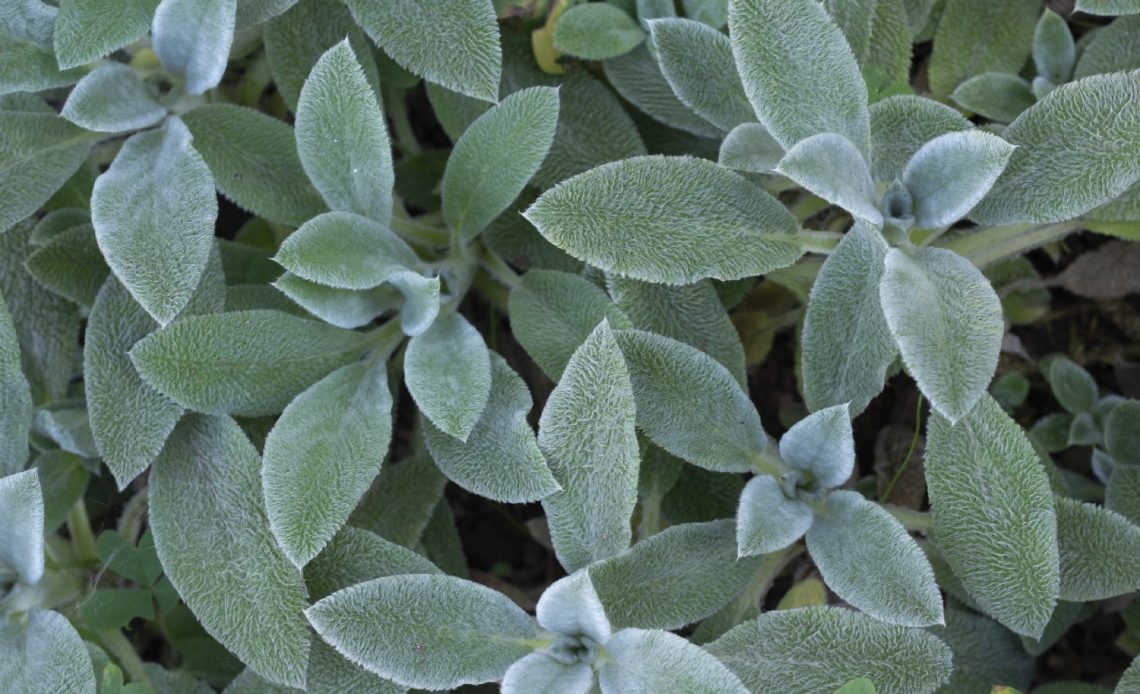

We’re here to help! Wild Yards is a completely free website that is 100% dedicated to helping you create a wildlife-friendly, sustainable yard. Read more
WildYards is reader-supported. When you buy a product through a link on our site, we may earn a comission. Every product is independently selected by our (obsessive) editors and our reviews are unbiased and objective. Read more about our mission or our privacy policy.
A savory culinary herb and fantastic natural pest control, there are so many reasons to grow sage in your garden. This low-maintenance perennial can be harvested throughout the growing season to add to casseroles, soups, and other homemade dishes. Or it can simply be grown to keep vegetable-destroying moths, beetles, and flies at bay. If you want to grow this fragrant plant in your garden, you may be wondering what the best sage companion plants are, and whether or not there are any plants you should avoid growing with it.
Broccoli, cauliflower, and carrots benefit from being planted near sage because it helps repel the insects that feed on them. Herbs, including rosemary and lavender, are excellent sage companion plants because they share similar growing requirements. But cucumbers, rue, and basil should not be grown with sage, as these plants hinder each other’s growth.
Is sage easy to grow?
Before we talk about which sage companion plants you should include in your garden, let’s take a minute to consider the sage plant’s growing requirements. This aromatic herb needs loose, fertile, slightly acidic soil, and it does not like to sit in water. Sage must be planted in soil that drains well. So if your soil holds onto lots of moisture, consider amending it with a heaping dose of lavender potting soil, which works well for sage, too.
Sage should be grown in full sun, though in hotter climates, it can tolerate afternoon shade. Harvest this plant regularly throughout the growing season to stimulate growth. Remove dead leaves, especially at the base of the plant, to improve air circulation and prevent mildew and other diseases. Allow your sage plants to dry out thoroughly between waterings, and give them an all-natural nitrogen-rich fertilizer, like blood meal, annually to promote healthy growth.
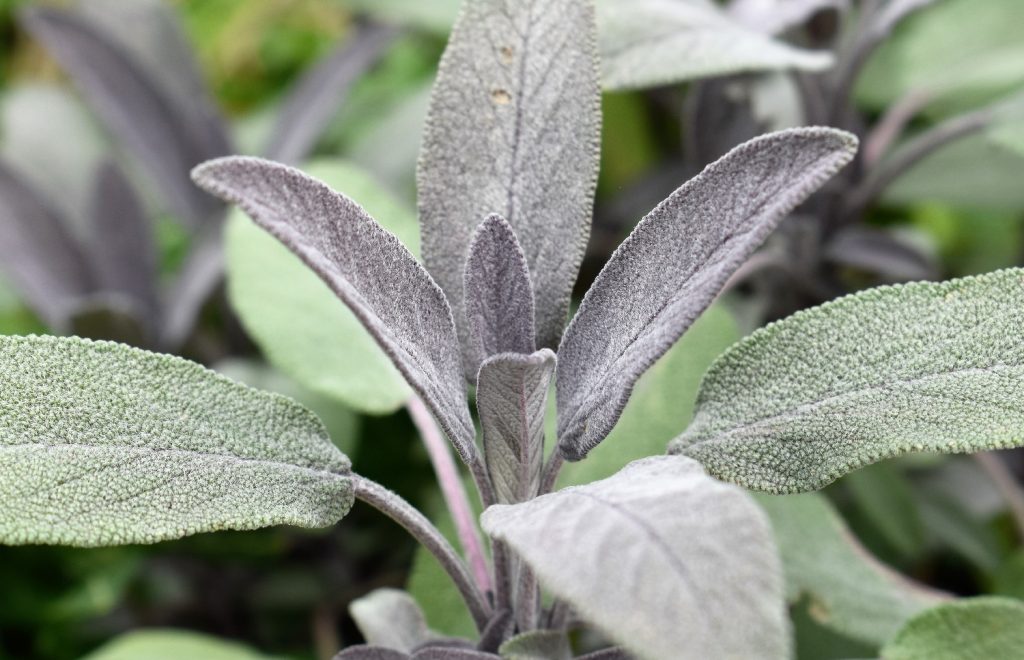
8 Best sage companion plants for your garden
Now that you know what sage needs to thrive, it’s time to take a look at potential companion plants. Herbs in general are well-suited to companion planting because they’re hardy and low-maintenance, and because they repel the harmful insects that destroy fruits and vegetables. For instance, dill can be grown with cucumbers and asparagus, chamomile can be grown with potatoes and celery, and oregano can be planted with squash and cucumbers. But what are the best companion plants for sage? Let’s take a look!
Broccoli
Like sage, broccoli prefers to be grown in nutrient-rich soil and thrives in full sunlight. Even though both broccoli and sage reach maximum heights of 30 inches, their roots don’t compete for the same nutrients. Because they share the same growing requirements, and because they don’t interfere with each other’s growth rate, broccoli and sage make excellent companion plants.
Another big reason why broccoli loves to be grown near sage is that sage helps keep broccoli-loving bugs away. Cabbage moths, flea beetles, and diamondback worms can make short work of your broccoli plants. But growing sage nearby keeps these damaging insects out of your garden since they can’t stand the smell. Growing sage near your broccoli will encourage these pesky bugs to find another place to lay their eggs.
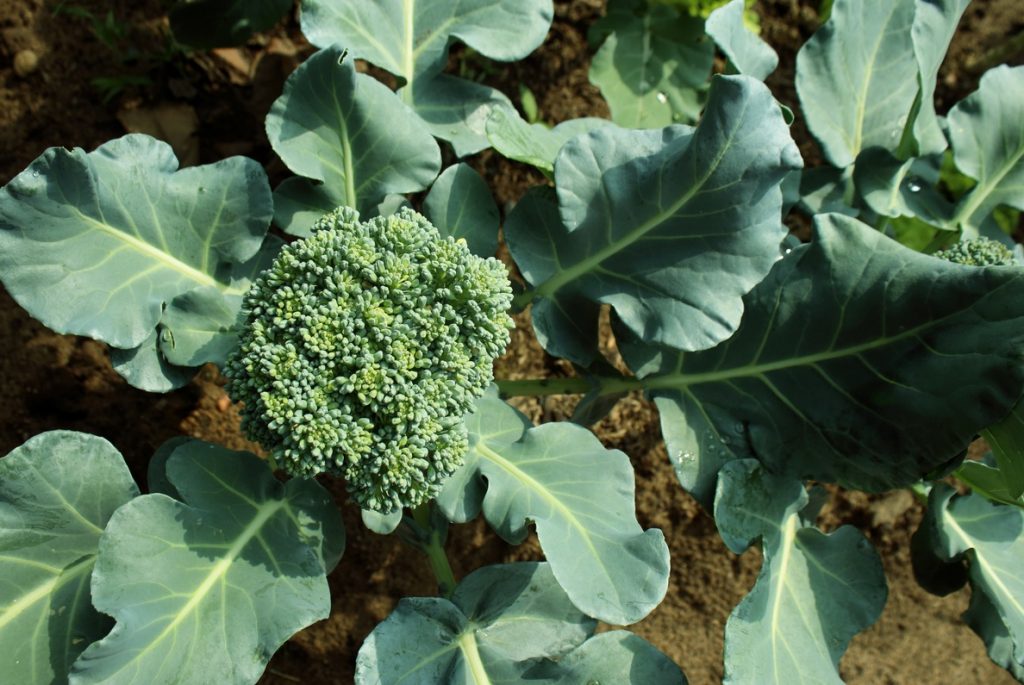
Cauliflower
Sage gets along well with all members of the Brassica family, and that includes cauliflower. Cabbage root flies, diamondback moths, and flea beetles are among the most common pests that feed on cabbage. Fortunately, sage helps repel them all, so grow this fragrant herb in between rows of cauliflower to keep your crop in tip-top shape.
Sage can certainly help keep pests out of your garden, but this versatile herb doesn’t stop there. When it blooms in the spring, sage helps attract all sorts of beneficial insects to your yard. Bees, hoverflies, and parasitic wasps love to peruse sage flowers. Not only will these insects help pollinate your crops, but they will also prey on harmful insects before they get a chance to destroy the fruits of your labor.
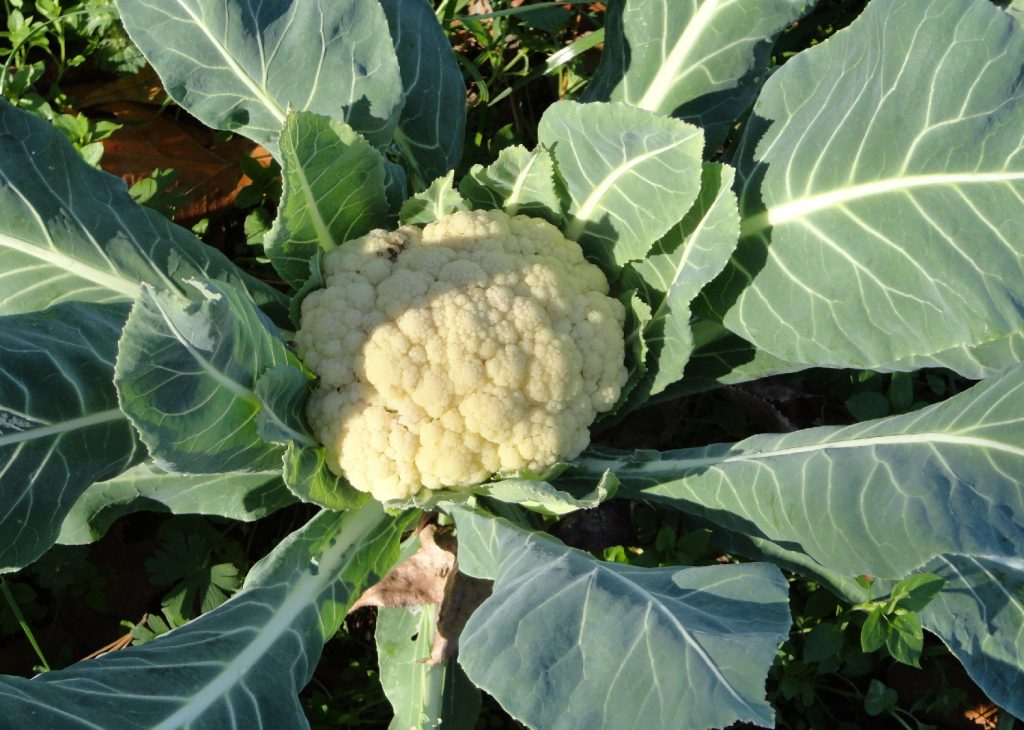
Rosemary
Full sun, infrequent waterings, and well-drained, slightly acidic soil are all rosemary needs to thrive. This fragrant herb shares sage’s growing requirements, so when it comes to choosing sage companion plants, rosemary is a no-brainer. Like sage, rosemary is a popular companion plant because helps keep harmful insects out of your garden. Grow rosemary and sage between rows of your garden to repel pests.
If you have your own apiary, place it near your vegetable garden, and try growing these two herbs together on the opposite side. Bees love to visit rosemary and sage flowers. Planting these two herbs on the far side of your garden will encourage your hive to peruse your vegetables, too, resulting in an increase in pollination and, eventually, a higher crop yield.
Cabbage
Cabbage has a moderate to fast growth rate, taking anywhere from 70 to 150 days to mature. Because this plant is so easy to start from seeds, it’s a popular choice for beginner gardeners. Unfortunately, cabbage crops often fall prey to moths and flies, who like to lay their eggs in the leaves so their larvae can feed on them once they hatch.
If you’re tired of trying to grow cabbage only to have it all destroyed by bugs, consider growing sage as a companion plant. Sage has been proven to repel cabbage root flies, making it an excellent natural pest controller for your cabbage crop. This herb’s pungent essential oils prevent harmful insects from laying their eggs in your vegetable patch, protecting your cabbages until harvest time.
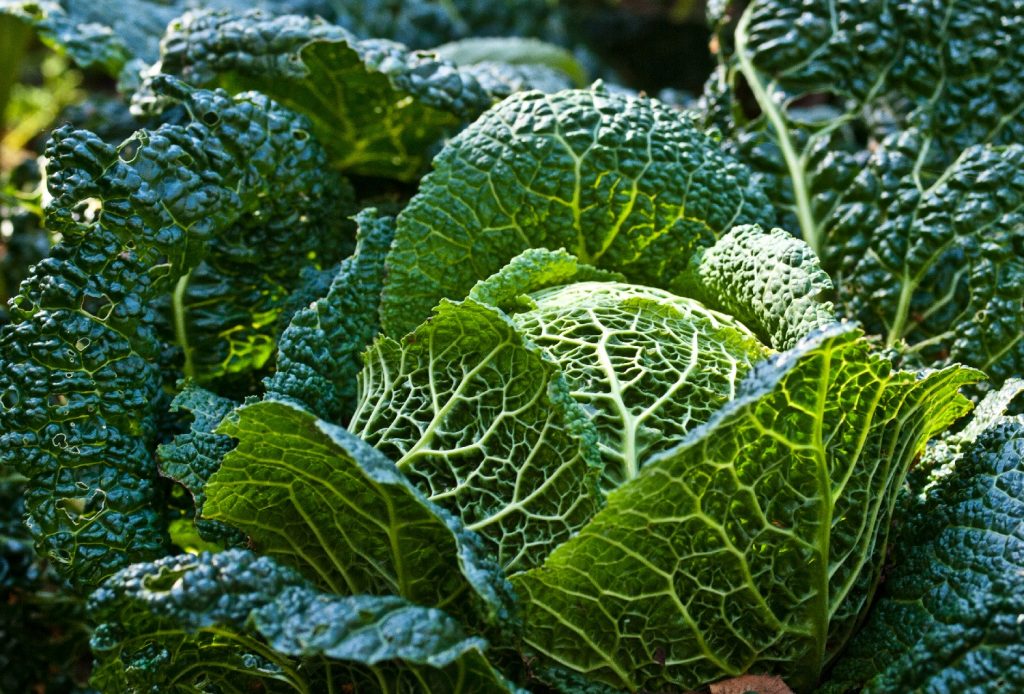
Strawberries
Once you’ve tasted homegrown strawberries, it’s hard to go back to storebought. But while strawberry plants are fairly easy to grow, it can be tough protecting them from all of the pests that like to feed on them. Strawberry plants and fruits regularly fall prey to thrips, aphids, mites, and armyworms. But growing sage as a companion plant helps repel these harmful insects, giving your strawberry plants a chance to produce.
Strawberries are self-pollinating, so they don’t need insects to help them produce. However, attracting bees, hoverflies, and other pollinating insects by growing sage near your strawberry plants helps support the pollination process, resulting in a higher crop yield.
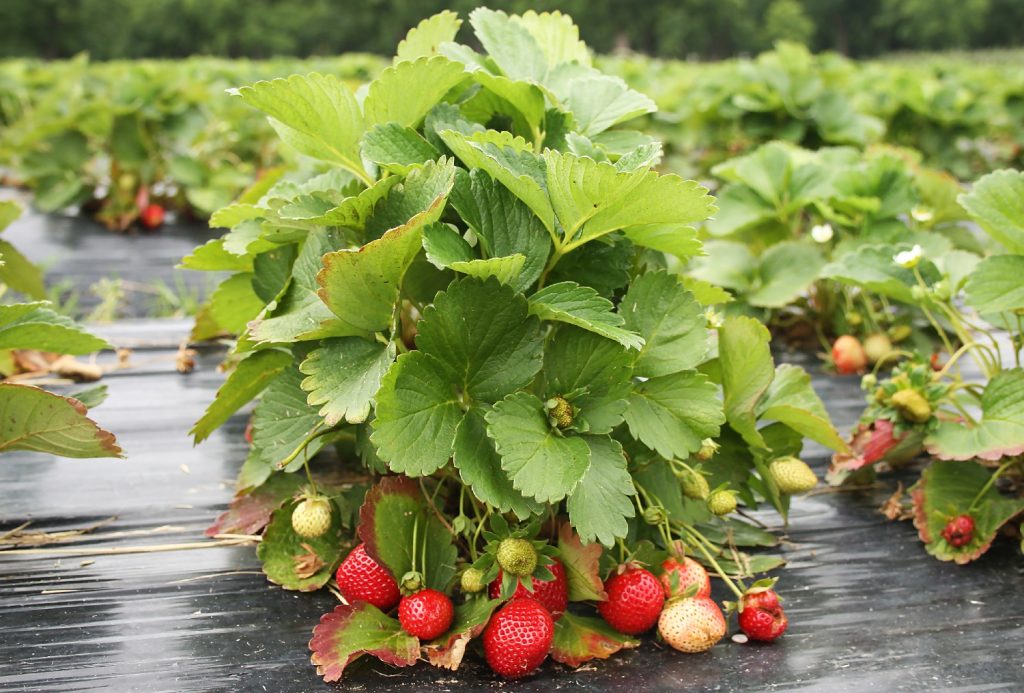
Lavender
Another herb that prefers full sun and well-drained, slightly acidic soil, it seems lavender was made to be a sage companion plant. This fragrant herb contains potent essential oils that help repel harmful insects, including caterpillars, beetles, and flies. Growing lavender with sage in between rows of your garden is one of the easiest ways to keep these bugs out of your garden.
Lavender is also a prolific bloomer. When this plant flowers in midsummer, it attracts dozens of bees, butterflies, and other helpful bugs to your garden. Because sage doesn’t grow to be as tall as lavender, it can be planted between lavender plants to help fill in the empty spaces. If the soil in your garden is too moist for lavender and sage to grow, try planting them in pots and setting them up around the perimeter of your garden, so your vegetables will still be able to benefit from their presence.
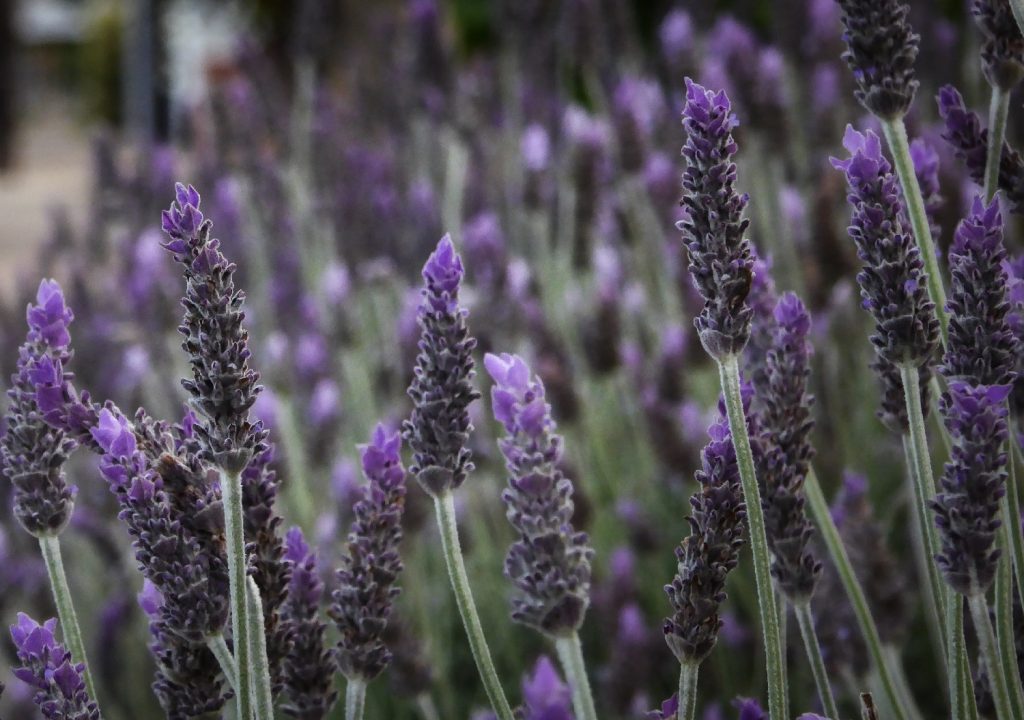
Carrots
As vegetables with deep, strong root systems, carrots can end up competing with other plants for nutrients. However, because they’re so susceptible to pests, especially the carrot fly, carrots still benefit from companion planting.
Sage is the perfect companion plant for carrots because it has shallow roots that will never steal minerals away from them. This means that both plants will be able to achieve their maximum potential, even when they’re grown close together. On top of this, sage helps repel carrot flies, keeping them off your root vegetables before you get a chance to enjoy them yourself.
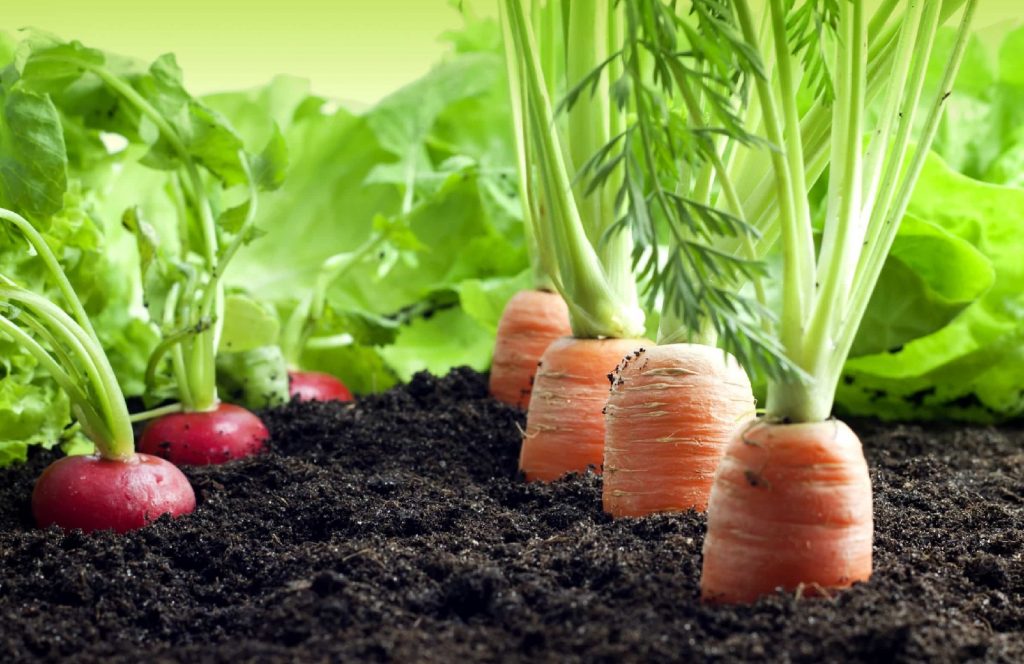
Kohlrabi
Also known as German turnips, kohlrabi plants have deep root systems reaching 12 to 18 inches into the soil. These vegetables need plenty of moisture to produce. While you might think that makes kohlrabis poor sage companion plants, that couldn’t be further from the truth.
Watering your kohlrabis deeply every week allows water to penetrate far into the soil, where the kohlrabi plants need it most. And because sage has shallow roots, it will quickly absorb water from the uppermost layer of soil while preventing the sun’s harsh rays from drying up the moisture deeper in the ground. Sage acts as a living mulch for kohlrabi plants, making caring for both plants much easier.
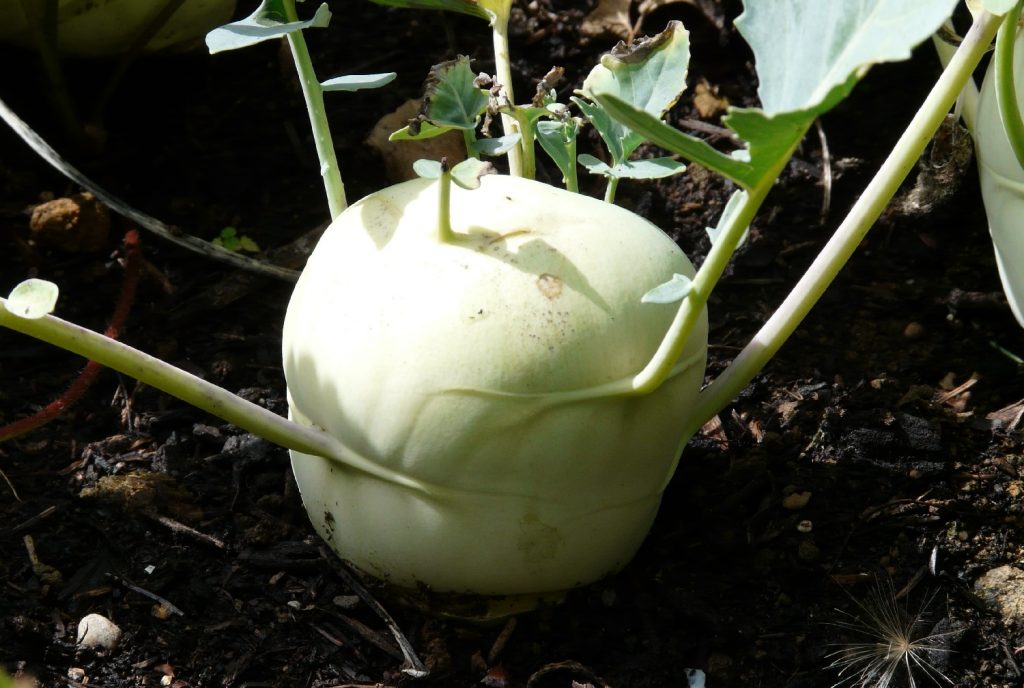
Which sage companion plants should you avoid?
When utilized as a companion plant, sage can benefit your entire vegetable patch. But not all plants enjoy sharing garden space with this pungent herb. While you should take care to grow your sage near its favorite companions, it’s just as important to grow it away from the following herbs and vegetables.
Basil
A huge mistake that beginner gardeners make is thinking that all herbs can be grown in the same space simply because they’re herbs. But basil and sage have two completely different sets of growing requirements. While sage enjoys growing in full sun and dry soil, basil prefers some shade and likes to be planted in soil that stays slightly moist. Because their care requirements conflict, it’s best to grow basil and sage far apart from each other.
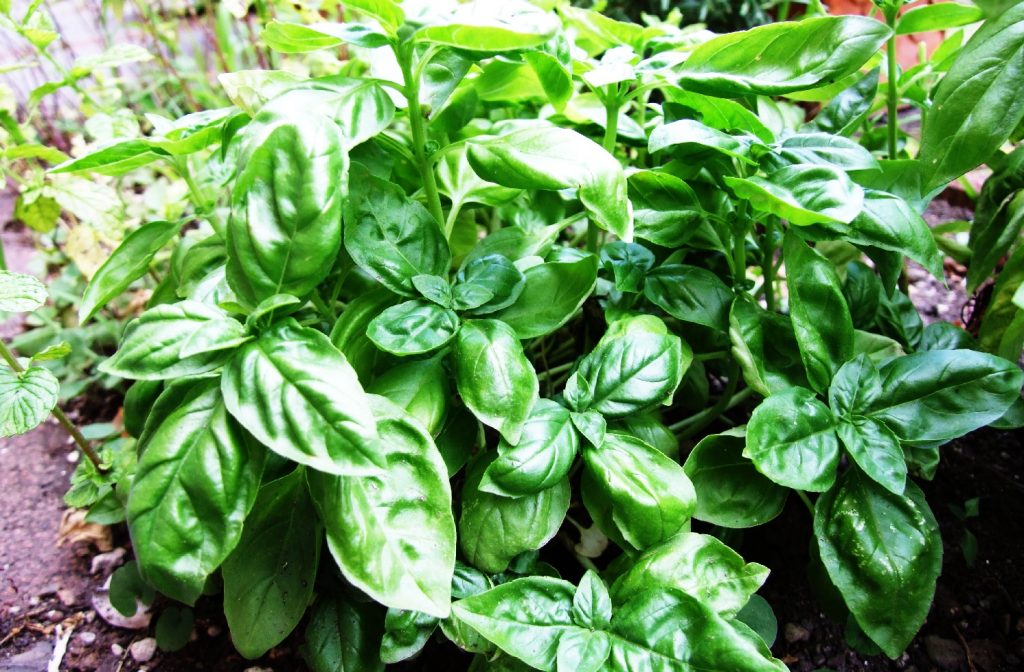
Cucumbers
With their broad leaves and sprawling vines, cucumbers are colossal plants. They can take up a lot of ground space, which is why most gardeners grow them up a trellis — interestingly, this also helps the plant produce straighter cucumbers. While cucumbers may benefit from having companion plants grown nearby, you should refrain from planting sage close to it. Sage can hinder cucumber production and even alter the way the cucumbers taste. Try growing beans or dill near your cucumbers, instead.
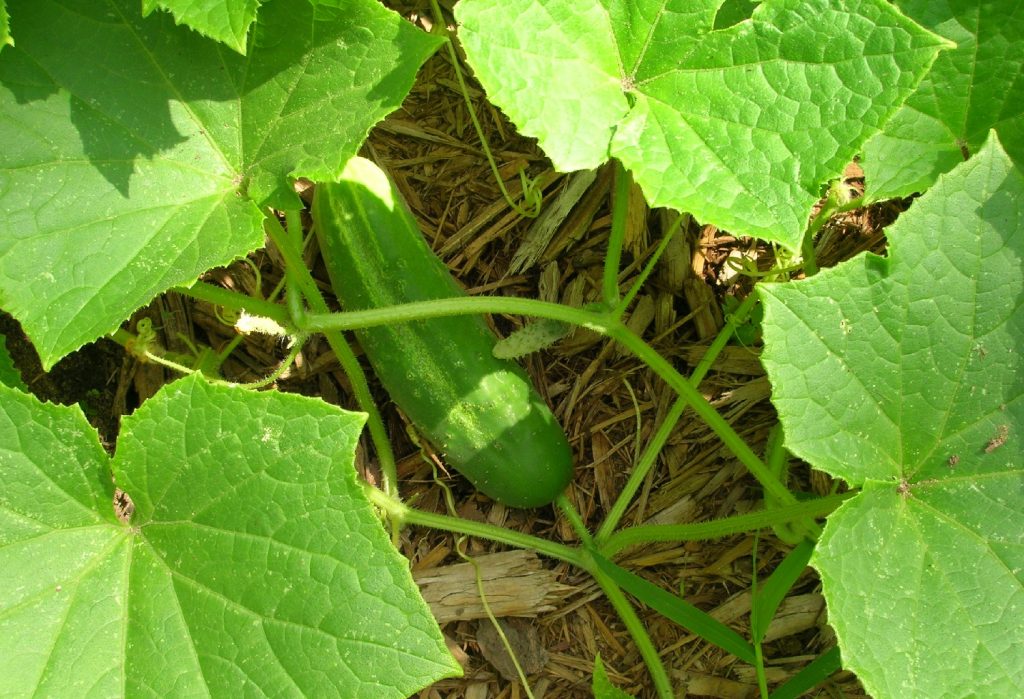
Rue
Rue is a popular natural pest-control choice because it helps repel aphids, maggots, slugs, snails, and mites. But as tempting as it is to grow these two potent herbs together, don’t. Rue can stunt sage’s growth, resulting in poor production. If you want to grow rue and sage at the same time, be sure to grow them on opposite sides of your garden, or plant them in pots, instead.
Is sage companion planting worth the trouble?
Companion planting sounds like a lot of trouble, and, to be sure, it does require more work initially. It takes time to sit down and map out your garden to ensure each vegetable is grown near its favorite companion plants. It also doubles the number of plants you have to dig holes for in your garden.
But while companion planting takes extra effort on the front end, it saves labor in the long run by repelling the bad insects that destroy crops and attracting the good insects that pollinate them. Sage companion plants benefit from its ability to ward off pests. Growing this robust herb is an easy way to support the health of your garden so you can get the best harvest possible.
